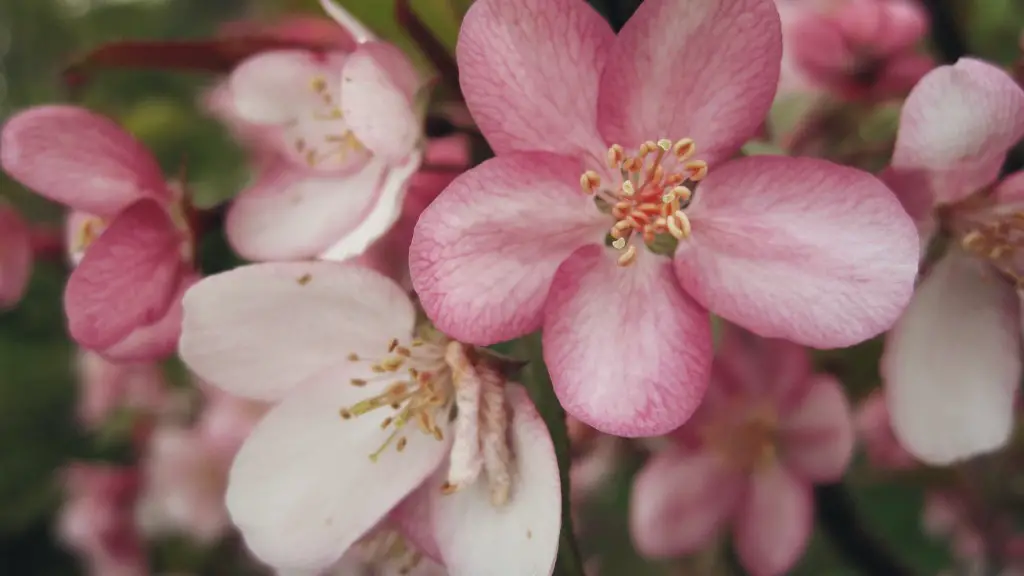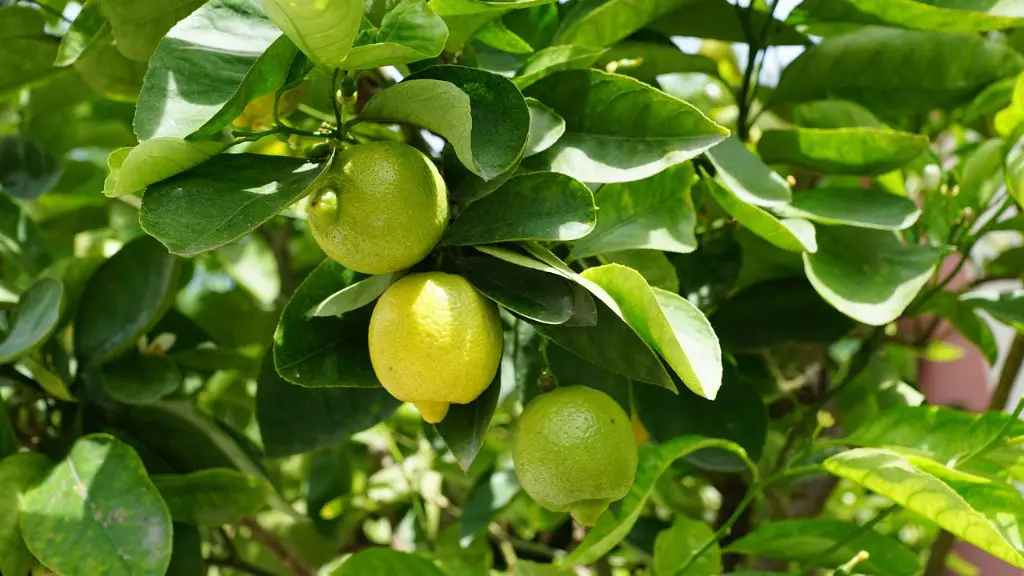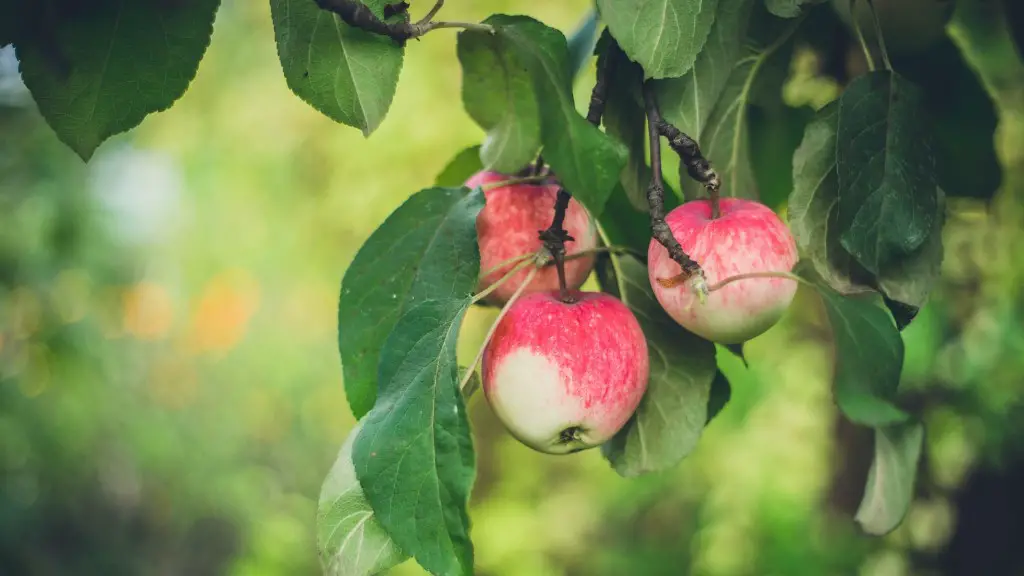When to Move a Cherry Tree
The delicate, fragrant cherry tree has become a universally adored favorite for home gardeners. However, the question of “when to move a cherry tree” is not one that can be answered with a single, universal answer. Different types of cherry trees have different requirements for when and where to be moved, though the most generally accepted advice of experts is that moving a cherry tree should not be undertaken casually.
When it comes to successfully transplanting a cherry tree, there is no absolute “right time” to move the plant. Each tree is different, with its own set of environmental and climate-related requirements, soil type, and overall health. Furthermore, cherry trees are a deciduous species, meaning that their seasonal behavior must taken into account. It is recommended, then, to look to specific signs and symptoms that should indicate when it is the right time to move a cherry tree.
Signs That Moving a Cherry Tree is Necessary
The primary indicators that make it necessary to move a cherry tree include a lack of sunlight or too much shade, which can cause a deformed growth or an insufficient amount of flowerings, or the possibility that the tree will be exposed to extreme weather conditions, such as heavy wind, ongoing water damage due to rain or flooding, or the lack of water, soil nutrient imbalance etc. Other signs that suggest the imminent move of the cherry tree may include pests or disease infestation, such as for example root rot, or a surprisingly low amount of fruiting.
In any case it is essential to observe the tree before the relocation in order to make sure that the cherry tree is healthy and there is no damage to its roots while uprooting it. Roots can be especially vulnerable when cherry trees are still young, and a thorough survey of the ground and the tree must take place if the latter is to be successfully transplanted.
The Proper Climate to Move a Cherry Tree
Following an initial observation, it is also important to consider the climate of the tree’s initial and destination locations. Cherry trees can survive a wide range of temperatures, though it is recommended to avoid moving a cherry tree when the temperature falls below 22 degrees Fahrenheit. Additionally, most cherry trees have the highest chance of adaptive success after a move if attempted during periods of the year where temperatures are between 45 and 85 degrees Fahrenheit.
Notwithstanding climate, it is important to match the season that the tree will be moved in with its life stage. For instance, if the cherry tree is still a sapling, or a juvenile, early springtime is the best window to move in. If the tree is at a mature, post-flowering stage, then early fall is the preferred time for uprooting and relocation, as plum and cherry trees require dormancy during the winter months to survive.
Altogether, when it comes to cherry trees, preemptive, meticulous observation and research is suggested and required. Because, while transplants can be successful, they are also a very labor intensive and potentially damaging operation, especially if not done correctly, or the tree is not in a suitable condition for it. Obviously, unless the tree is in immediate danger from its current location, most home gardeners opt for patience and wait for the most suitable opportunity for a successful transplant.
Preparing the Cherry Tree for a Move
Before the actual move, it is important to prepare the tree by getting rid of its dead and weak branches, and to prune it, reducing its canopy so they can be sturdier and more suitable for the transition phase. Similarly, mulching the tree is recommended to ensure that the surrounding soil and the tree itself, remain moist while the transition is taking place.
At the same time, the new location must be prepped to ensure the survival of the cherry tree. The existing soil of the new ground must be mixed with appropriate, nutrient-rich soil with pH levels between 5.5 and 6.5, and no foreign soil elements, such as rocks and stones, must be present. Partial sun is optimal for transplanted trees, and the location must be properly amended and ready to receive the cherry tree before it is uprooted from its original location.
The Tree Transplant Procedure
Once the new location has been prepared and the tree has gone through its predetermined pruning ritual, the tree must be uprooted from the ground. This must be done carefully, with the utmost attention given to the roots and the surrounding soil, so as to not damage them while the tree is being removed. It is also wise to wrap the tree in burlap or if possible, place the tree roots in a container with some of the soil.
Finally, when the tree is securely placed in its new location, it must be watered adequately and attentively, so as to avoid undue pressure that could potentially damage the tree. Additionally, it might be necessary to stake up the tree in the new location, so as to ensure that it is securely held in the ground given that it is still in the process of adapting to its new environment.
Long-Term Care After Moving a Cherry Tree
Cherry trees that have been transplanted have often a much lower chance for survival, given the extraordinary effort and attention necessary for a successful move. It is then necessary to maintain a strict care routine that, in addition to watering the tree regularly and keeping a vigilant watch for pests, should include fertilizing the tree and pruning it, though the latter should take place moderatedly, so as not to overtax the tree, which is still in the process of adapting.
With smart, calculated steps and elaborate observation on the tree’s part, cherry tree moving can be a successful operation. Though it is a laborious operation and one that cannot be approached lightly, a successful relocation can be achieved with careful planning and execution.
Public Perception
As the cherry tree is such a beloved choice for home gardeners, it is no surprise that when it comes to the controversial subject of relocating a tree, public opinion is especially strong. From experts in arboriculture to your average DIY enthusiasts, opinions diversify as to when and how it is okay to move a cherry tree, with some being staunchly opposed to any and all types of relocations, and others being lax to the possibility of a successful transplant. For this reason, it is worth considering all relevant sides of the discussion before attempting to move a cherry tree, so as to make sure that the tree’s best interest is kept at the forefront of the move.



